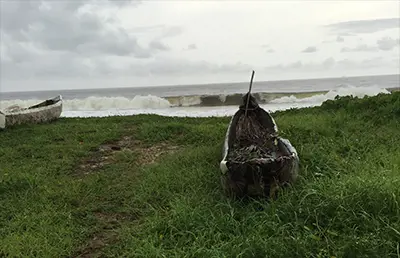Key challenges
- Innovative solutions required to facilitate movement of elephants and large fauna across a 35 km overland conveyor belt between the mine and the coast
- Poverty, reliance on natural resources and lack of formal employment meant expectations for the project amongst local communities needed careful management and transparency from the company
- Legacy issues from the flooded Makola mine (located in the same region) contributing to concerns over environmental pollution from potash mines and requiring educational and explanatory information highlighting the differences in mining practices and technologies between 1970 and the present day
- Presence of critically endangered species requiring specific management measures, developed in partnership with local and international conservation NGO’s, to reduce and monitor the possible impacts
Client
Kore Potash
Country
Republic of Congo
Scope of Services
ESIA management, hydrological studies, water quality, social and health studies, traffic survey, site investigations, stakeholder engagement, closure planning and input to project design
Period
2016 to 2018
Kore Potash commissioned SRK to update the previously approved 2012 ESIA report prepared by SRK for the Sintoukola Project to reflect design changes as a result of further engineering and financial studies conducted as part of the Feasibility Study. These changes included replacing the haul road between the mine and the processing plant with an overland conveyor, repositioning project infrastructure away from sensitive human and environmental receptors, optimising groundwater usage and aggregate demand and replacing the terrestrial mine waste storage facility with ocean disposal.
SRK worked with the project engineers and relevant national and international specialists to facilitate meaningful environmental and social input into the assessment of project alternatives. Where required, additional baseline studies and impact modelling were commissioned to predict the potential impacts of the updated project design. This included air quality modelling, seawater quality analysis and ecotoxicological test work of marine species. The constructive partnership between SRK and the engineers resulted in an optimised project design with inherent design measures incorporated to prevent or reduce potential impacts at source. SRK then worked closely with local and national conservation NGO’s to develop management measures to further reduce potential impacts.
During this process, SRK developed site specific environmental design criteria and a physical constraints report to enable project engineers to fully consider community health and safety, cultural heritage and sensitive habitats potentially impacted by project emissions or activities throughout the life of the project. SRK also undertook participatory stakeholder engagement with local communities and worked closely with the company’s community liaison officer to ensure community concerns were included and addressed throughout the ESIA process.

